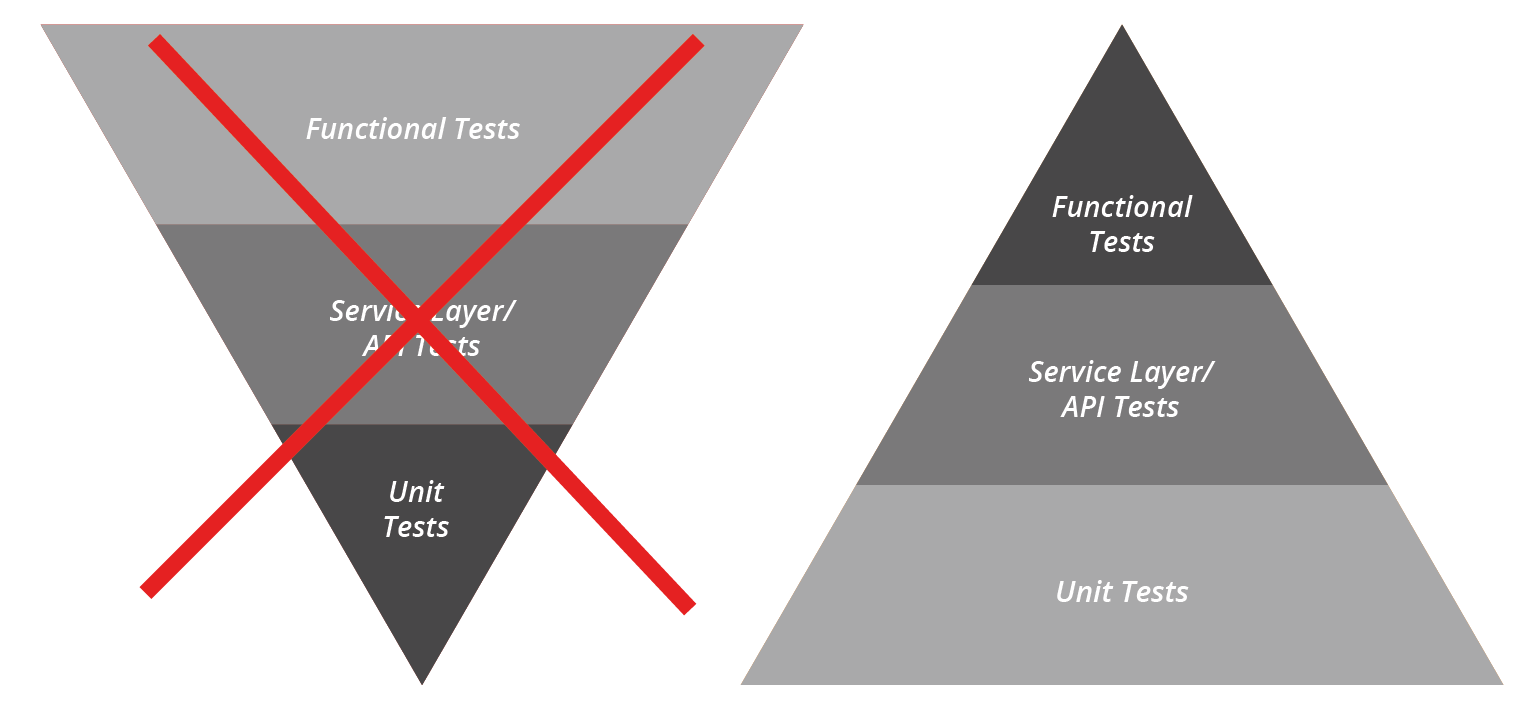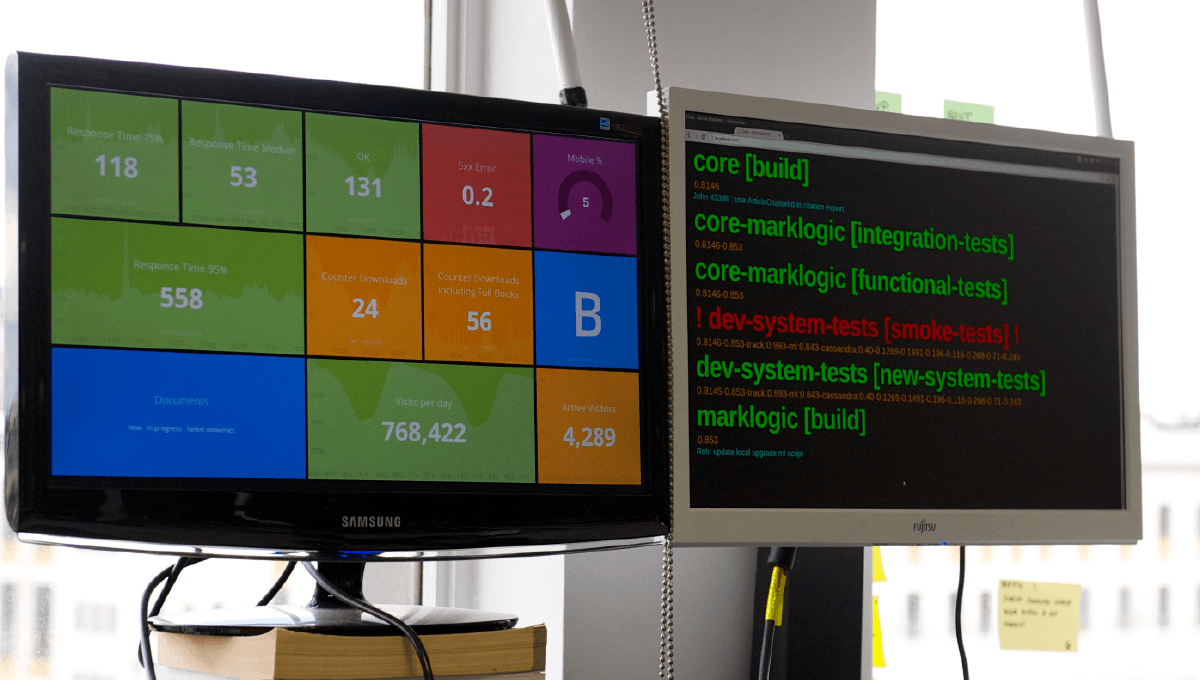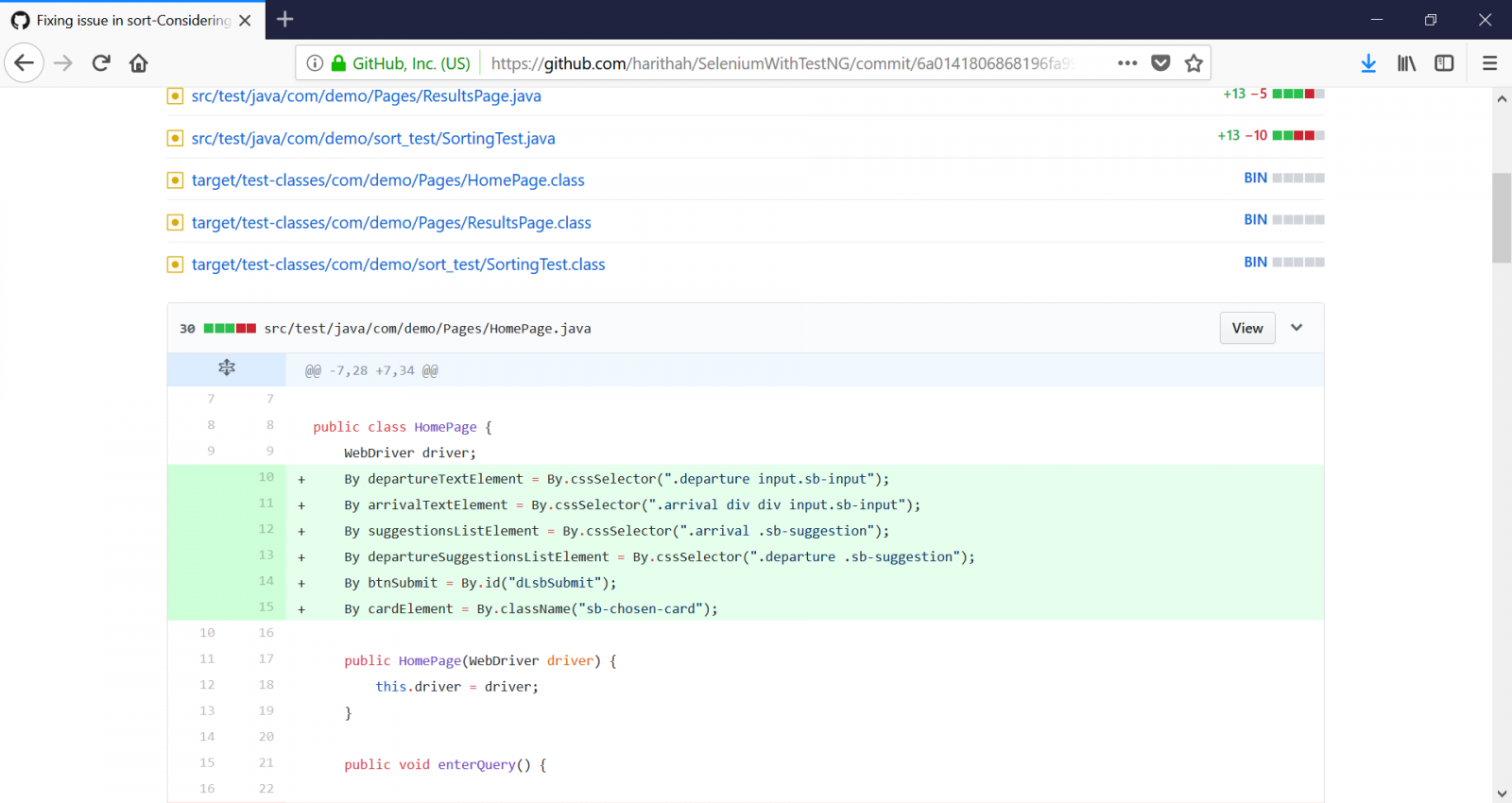Testing
Guidelines for Structuring Automated Tests








| Language | Code Coverage Tool |
| Dot Net | dotCover |
| Java | Cobertura, JaCoCo |
| Ruby | simplecov |
| JavaScript | Istanbul |
| Python | Coverage.py |



Disclaimer: The statements and opinions expressed in this article are those of the author(s) and do not necessarily reflect the positions of Thoughtworks.
